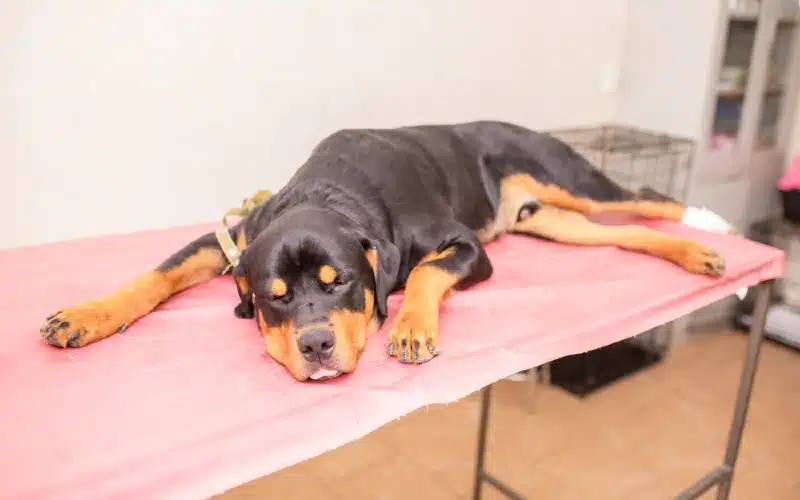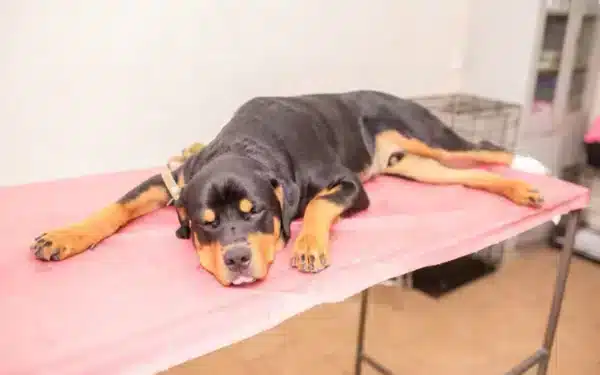Hi,
I have an 11-year-old Shepherd mix that has
developed numerous cyst type bumps on her body. I
have had them checked a few times by my vet and he
says that as long as they move, they are okay. I
had one excised and he only said he couldn’t draw
fluid from it and instead had to cut it out. Not
sure if he sent it for analysis.
I’m concerned because they are rapidly spreading
over her body especially along her ribcage and
sides. Is this a certain type of disease process
or should I be more concerned about cancer? Are
there certain type of foods that could either
inhibit or encourage growth of these cysts?
Thanks,
Debbie
Kitchener, ON, Canada
Cysts are benign (non-cancerous) growths that are common in or under the skin. They consist of a sac or lining of cells that produce secretions. The secretions accumulate within the lining and fill the cyst. Some cysts produce secretions that are very fluid. Others fill with very firm, viscous secretions.
Cysts in or under the skin usually are harmless. They can be unsightly, and they may burst or become infected. However, they rarely lead to life-threatening situations.
Some cysts can be drained with a needle and syringe. If the fluid inside a cyst is very viscous, it may not be possible to perform this procedure. These cysts can be removed (excised) with surgery.
However, in most cases it is not necessary to drain or remove cysts. Since most external cysts are not dangerous, I generally recommend leaving them alone unless they are causing irritation or other problems.
Most cysts appear to be hereditary in nature. They are common in older pets. I doubt that your dog’s diet is playing a role in the syndrome. She most likely has an individual predisposition that causes her to develop cysts.
You mention that the growths on your dog look like cysts, but that you aren’t sure whether your vet has ever had a laboratory analyze the growths to confirm their identity. I recommend that you contact your vet to determine if this has been done.
If a laboratory has confirmed that the growths are cysts, then you don’t have much to worry about. Your dog may produce more of them over time, but they are unlikely to cause harm.
If none of the growths has been tested, then I’d recommend that you have your vet submit a sample to the lab. Laboratory analysis will confirm the diagnosis, and hopefully provide peace of mind.
(A note about the photo: Buster doesn’t have any cysts yet, but if he’s like most dogs some will show up over time.)
Featured Image Credit: Vera Larina, Shutterstock









